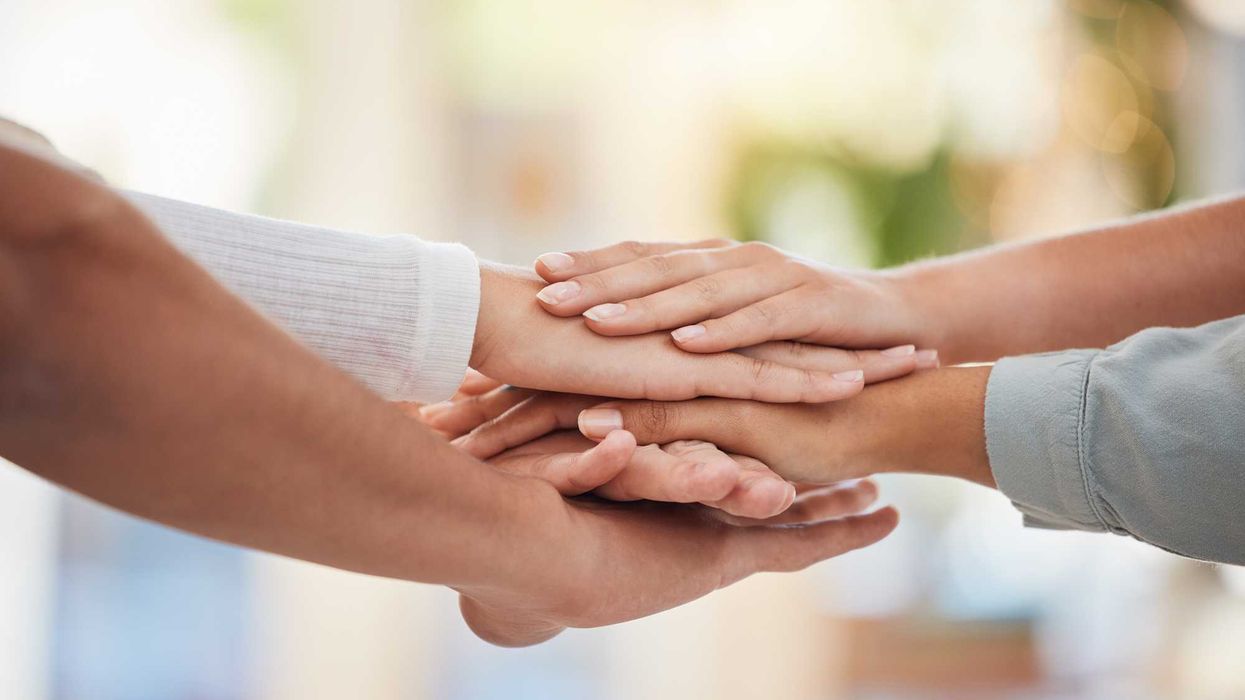The 2024 film, "Anora,” about a young woman victimized by sex trafficking, recently won five Oscars at the Academy Awards. Perhaps, it is a signal of more awareness and less stigma surrounding the pervasiveness of domestic violence at all levels of society.
The ongoing lawsuits between actors Blake Lively and Justin Baldoni claiming sexual harassment and violence threat allegations around their film, “It Ends With Us,” about a relationship scarred with domestic violence, demonstrates the thin line between real life and on-screen adaptations.
In this 2024 film, the character Lily, who is an entrepreneur and owner of a floral shop, and whose partner is a neurosurgeon, tells a few friends and a coworker about the abuse, just as many do in real life.
The choice for victims and survivors of Intimate Partner Violence (IPV) to reveal their victimization varies, as some decide to tell their co-workers and employers. However, the response is remarkably different depending on who the survivor is and their role in the workplace.
These disclosures in the workplace are often due to feeling unsupported and disbelieved by the peer and family systems. They are also driven by the fear of their abusive partners' long-reach impact, potential loss of employment, and the economic devastation experienced when loss of hours leads to diminished income.
In a 2023 study, the researcher found that an employee's decision to disclose their experiences with IPV was dependent on their pay. Highly paid employees are more likely to reveal their victimization to their employer as it was directly affected by their pay level.
This correlates to my more than 30 years as an expert, trainer, and program consultant in domestic violence based in California. My experience working with survivors and their employers spotlights the inequity of how organizational and corporate responses differ. The range is from effective responsiveness towards the “ideal employee” and “indifferences and retributive responses” for those on the “frontline” or those determined to be “essential” workers.
In 2021, colleagues told me about a program manager at a community-based housing service provider who was allowed to work remotely in response to escalating threats of intimate partner violence and a restraining order. At the same time, a frontline or outreach worker was advised to carefully assess how many days they could safely take off to respond to an emergency restraining order.
Both women, who were from the BIPOC community, only differed in rank and pay scale. The program manager was a Licensed Clinical Social Worker and the outreach worker had a high school diploma.
The degree of threat and violence for both women included stalking, interference with their work, and history of intimate partner sexual violence. Both were actively seeking the enforcement of court-issued restraining orders.
But the response was different. The program manager was given extra security, walked to her vehicle, and the security team was briefed on both the restraining order and a photo of the abuser. The outreach worker was offered neither accommodation nor was she approached by leadership with the same level of interest in her well-being.
While no survivor's victimization is the same, this example spotlights long-standing inequities reported by frontline essential workers when considering whether to disclose IPV victimization to their employers or supervisors.
Ultimately, the program manager was able to retain her position as she navigated countless court hearings and law enforcement contact. The frontline worker self-terminated when she ran out of sick time and paid time off and could no longer justify to her supervisor missing any more work days due to needing to respond to law enforcement, court appearances, and child welfare referrals.
Many low-wage earners report they are often viewed as expendable and easily replaceable. This supports why, very often, they are less likely to seek supportive services. Their economic survival is threatened by the violence at home and coping with stigma and potential social shaming of employers if they report.
Survivors who are in management and leadership roles often find themselves with the advantage of knowing how to effectively use and navigate employer resources and having an enhanced understanding of Human Resources and personnel as well as Health Insurance Portability and Accountability Act-mandated reporting policies.
This is often in steep contrast to the knowledge of resources by essential workers who are often not afforded the same accommodations and support, even when employed by the same organization.
In California, for instance, despite the passage of California’s AB 1038 in 2013, which was meant to afford survivors with additional time of leave, it is essential workers who often cannot afford any type of unpaid leave and usually have exhausted their paid time off, sick time, and vacation time.
The National Institutes of Health estimates that intimate partner violence lifetime cost is $103,767 per female victim. The report states, an “economic burden of nearly $3.6 trillion over victims’ lifetimes, based on 43 million U.S. adults with victimization history.”
As a survivor of IPV, it was not the domestic violence or stalking experience that adversely handicapped my return to employment, it was the social shaming and stigma that accompanied my abuse. I had experienced intimate partner-facilitated exploitation and trafficking, as well as image-based sexual assault.
A U.S. State Department Trafficking in Persons Report cites a UNICEF study, which found that almost 70% of adult female trafficking victims experienced domestic violence prior to being trafficked. The National Domestic Violence Hotline reveals that 27% of respondents reported being threatened with non-consensual intimate image sharing and 17% had experienced image-based sexual assault.
A study by the National Institute of Health, “Corporate Responses to Intimate Partner Violence ”, shows that larger organizations, with a larger representation of women in management and leadership, had the capacity to improve outcomes for survivors who disclosed IPV.
When fair policies integrate with practices, issues related to gender-equity such as IPV reflect efforts to promote social responsibilities.
The goal is for employers, leaders, organizations, and communities to move toward more information, understanding, and enhanced organizational and corporate responses to economic equity in IPV responsiveness.
The mission is to end the violence and assist all survivors regardless of their position on the economic ladder. All survivors must have the opportunity to attain the safety, stability, and financial security they deserve.
Elizabeth Vera is a domestic violence survivor, founder and CEO of Vera Strategies Training and Consulting, national speaker with 30 years of advocacy and a member of The OpEd Project Public Voices Fellowship on Domestic Violence and Economic Security.




















